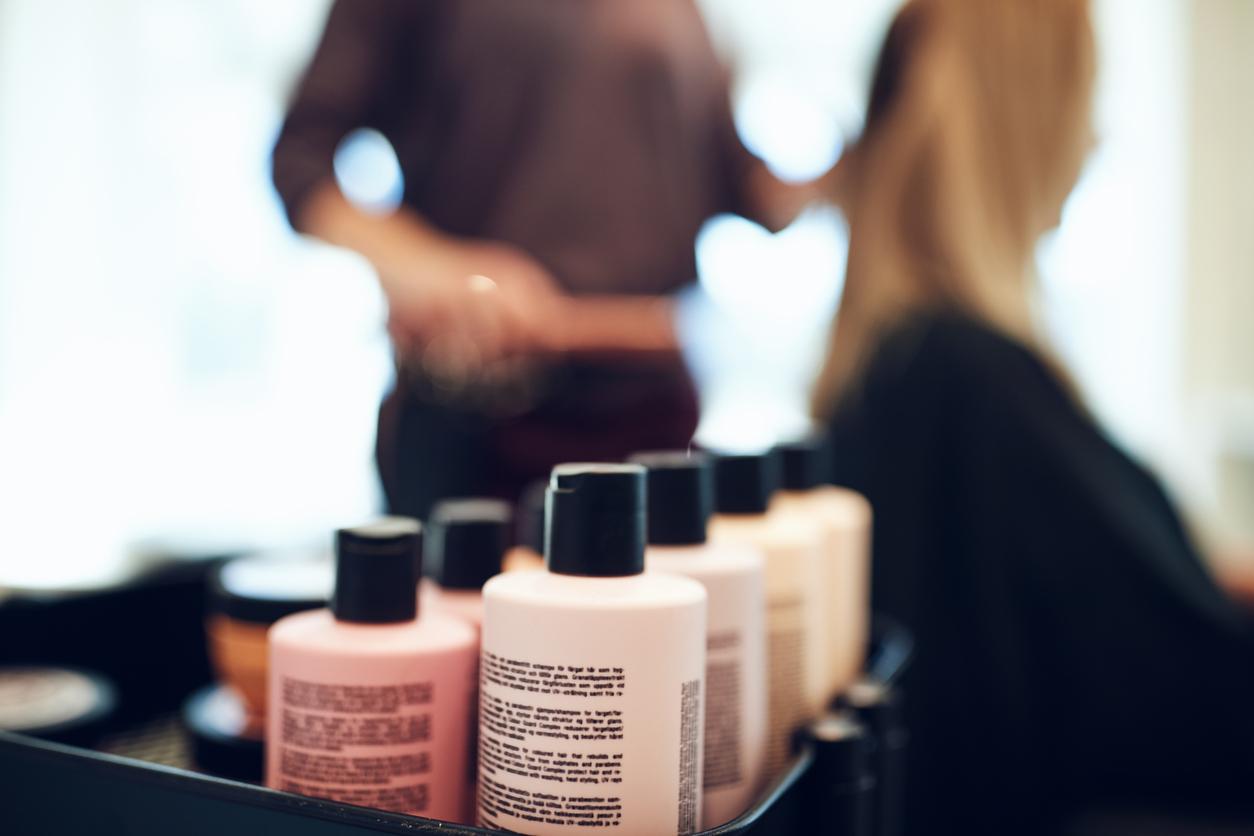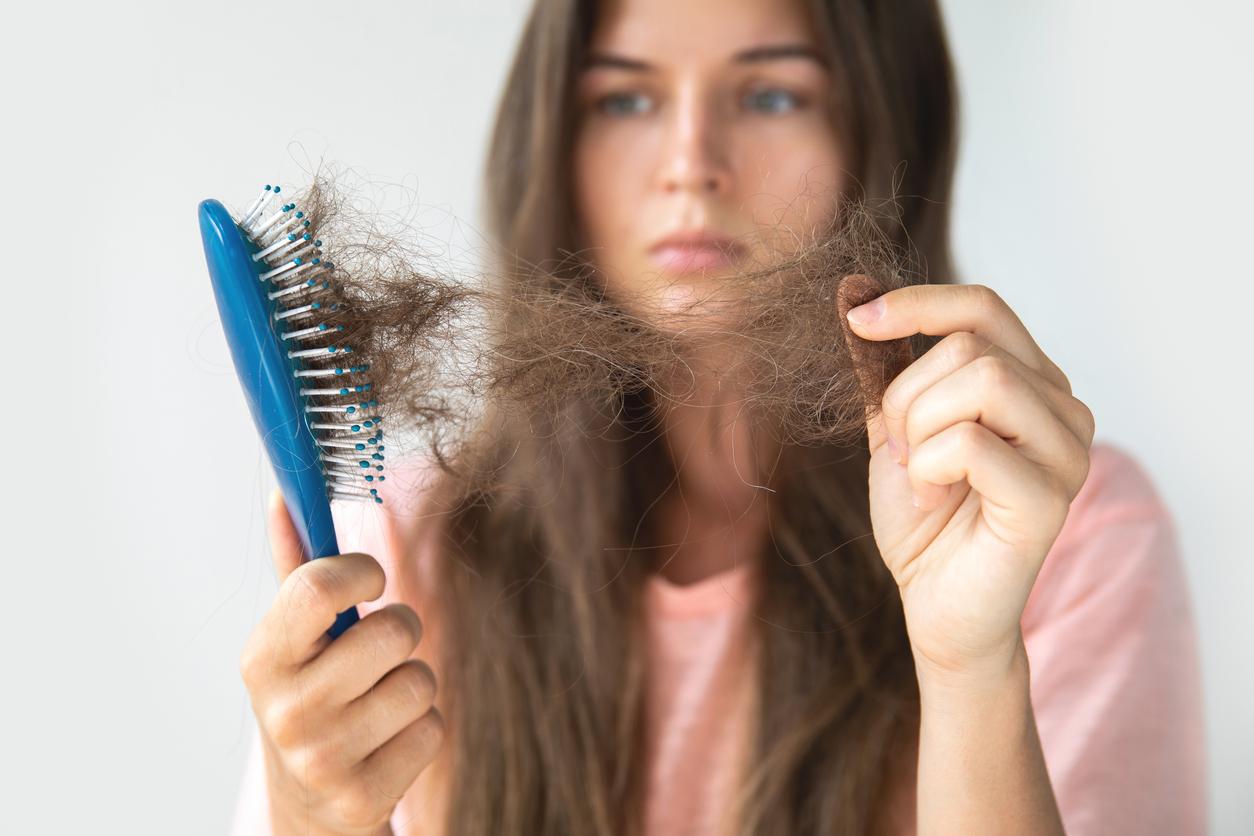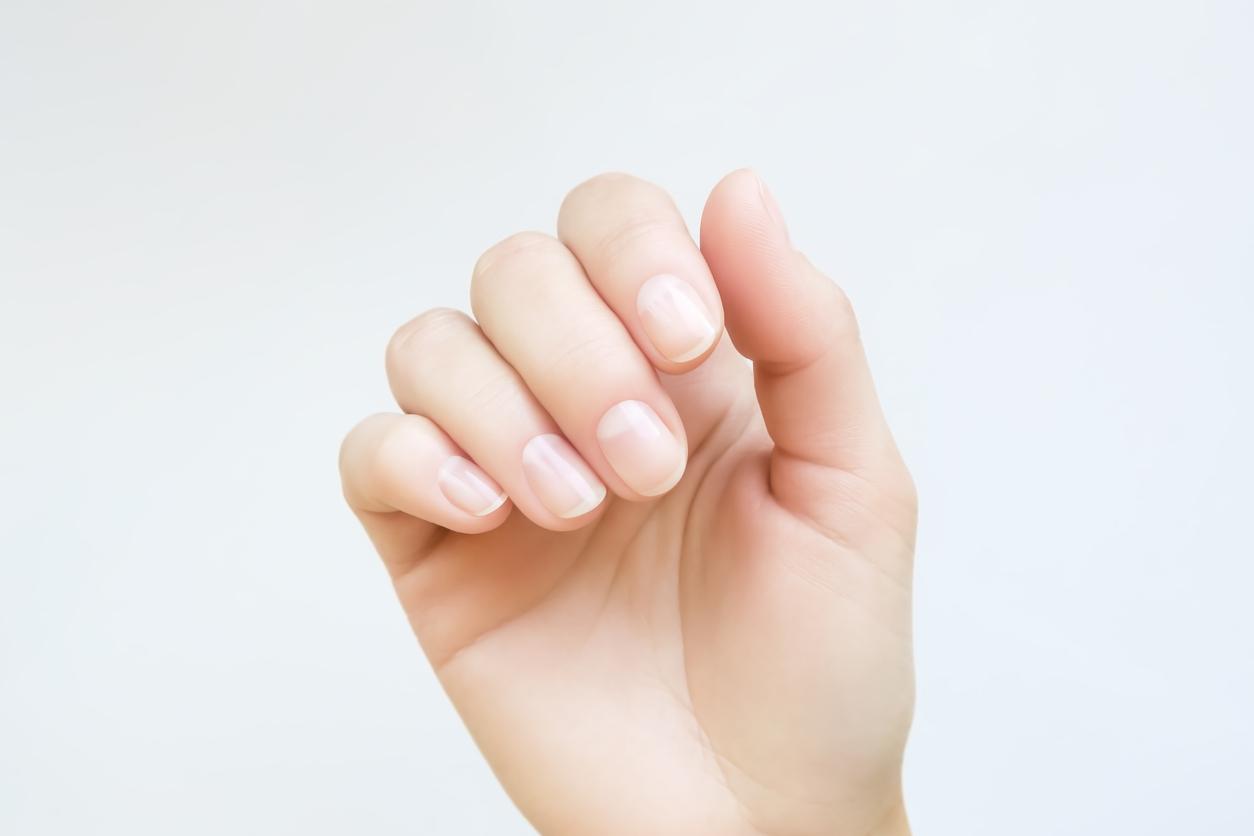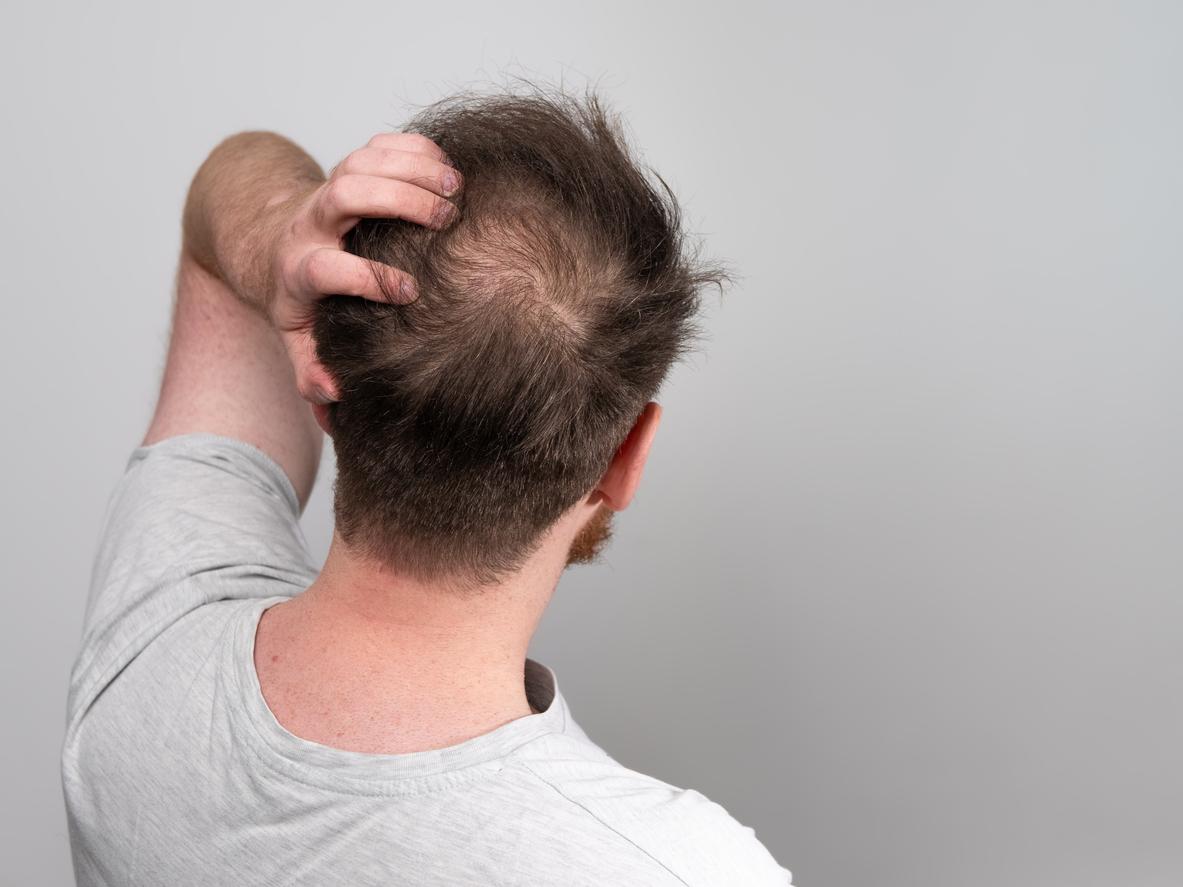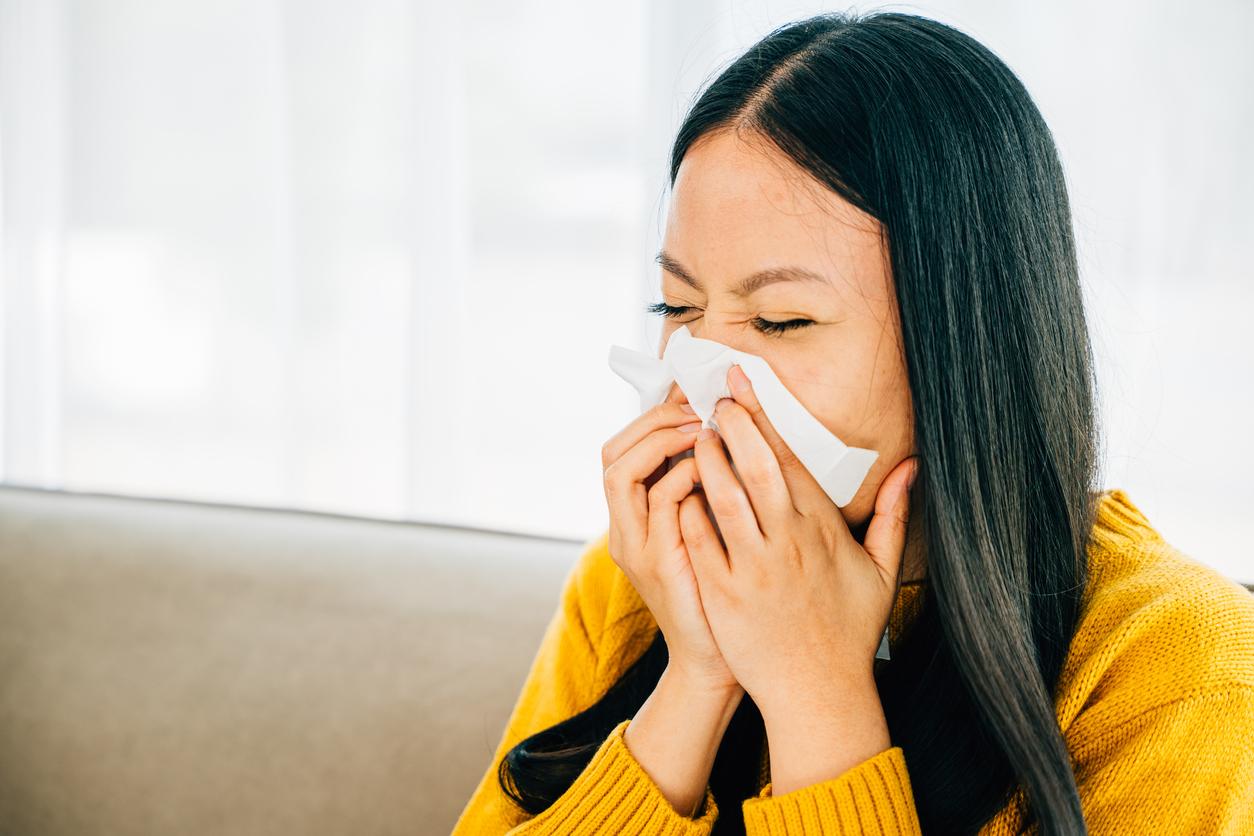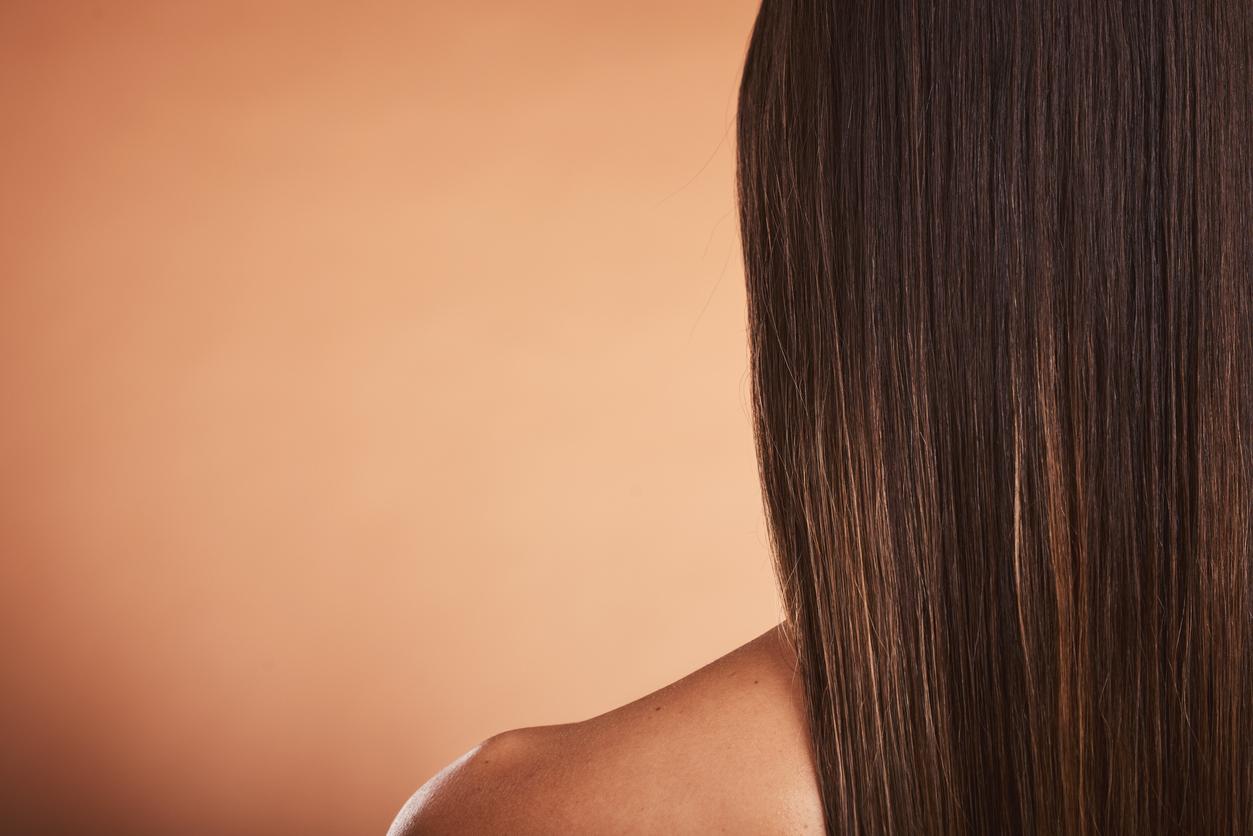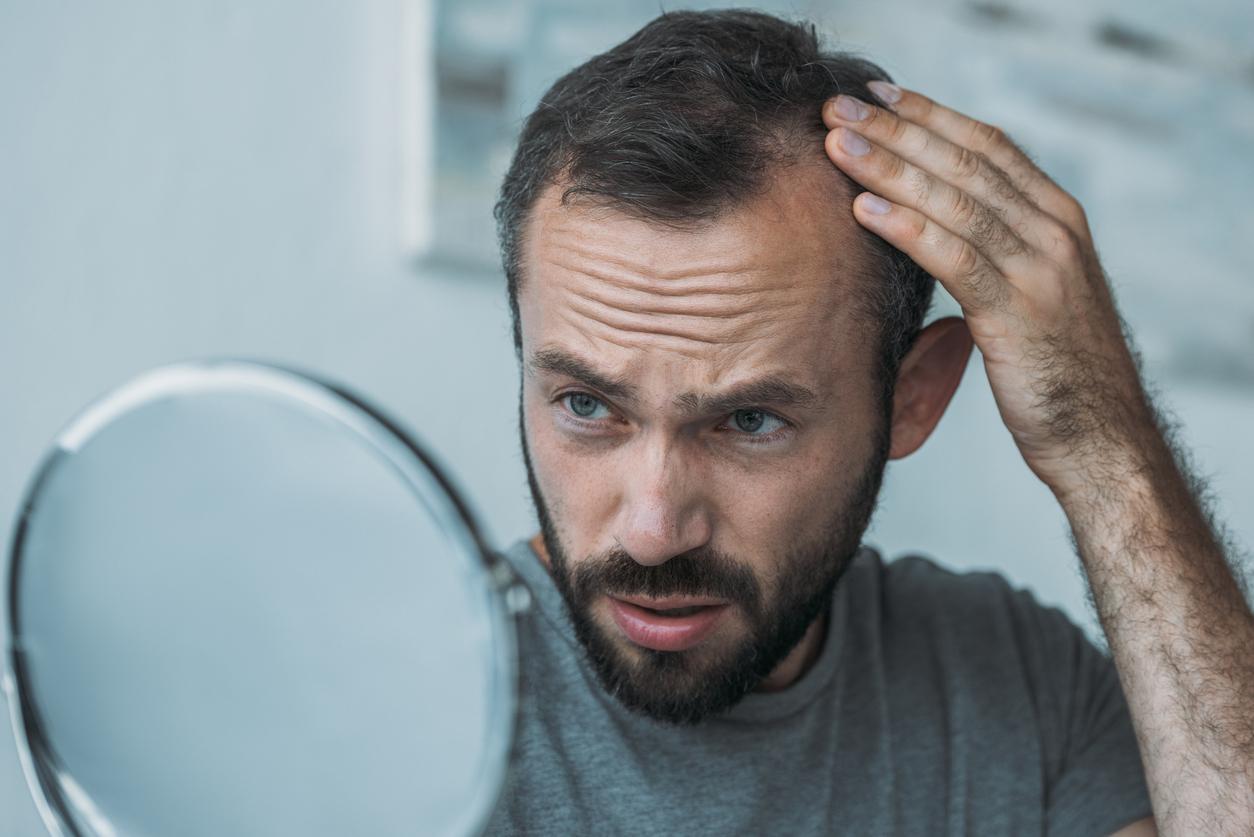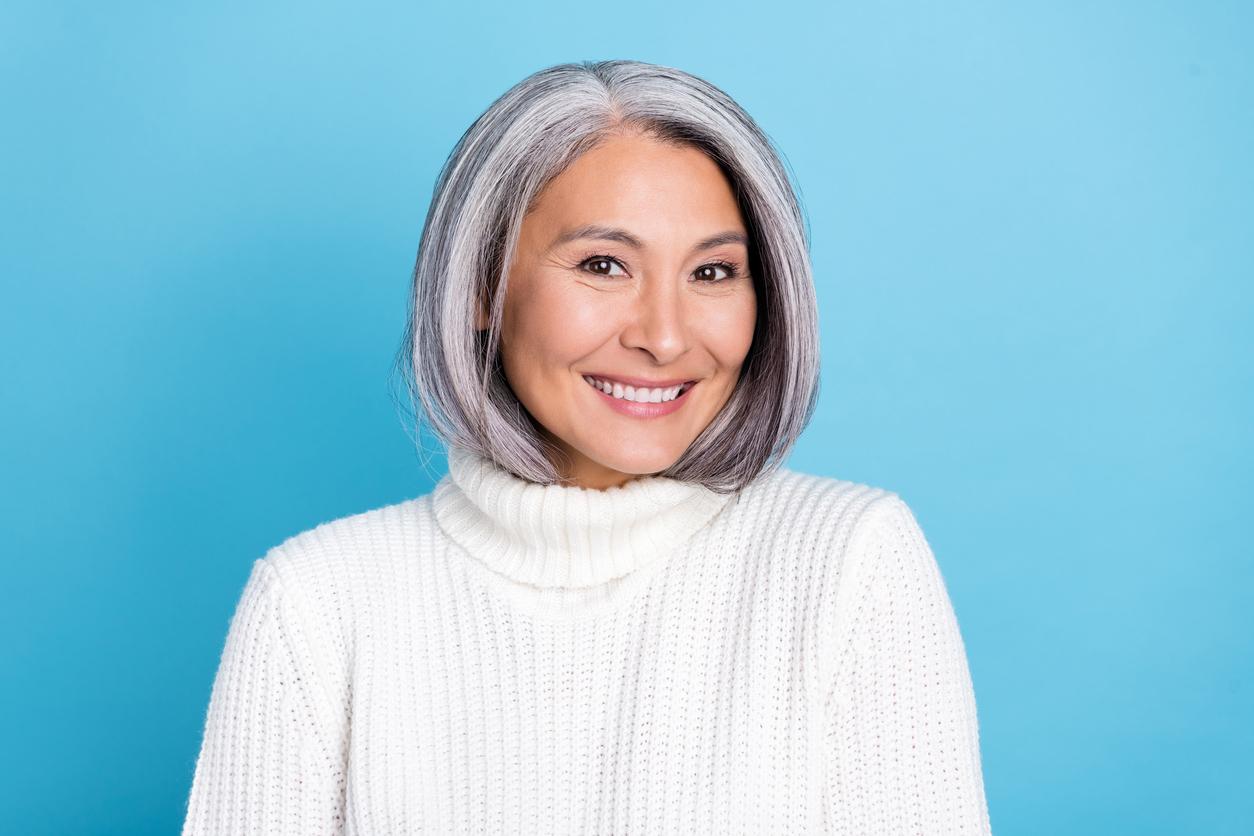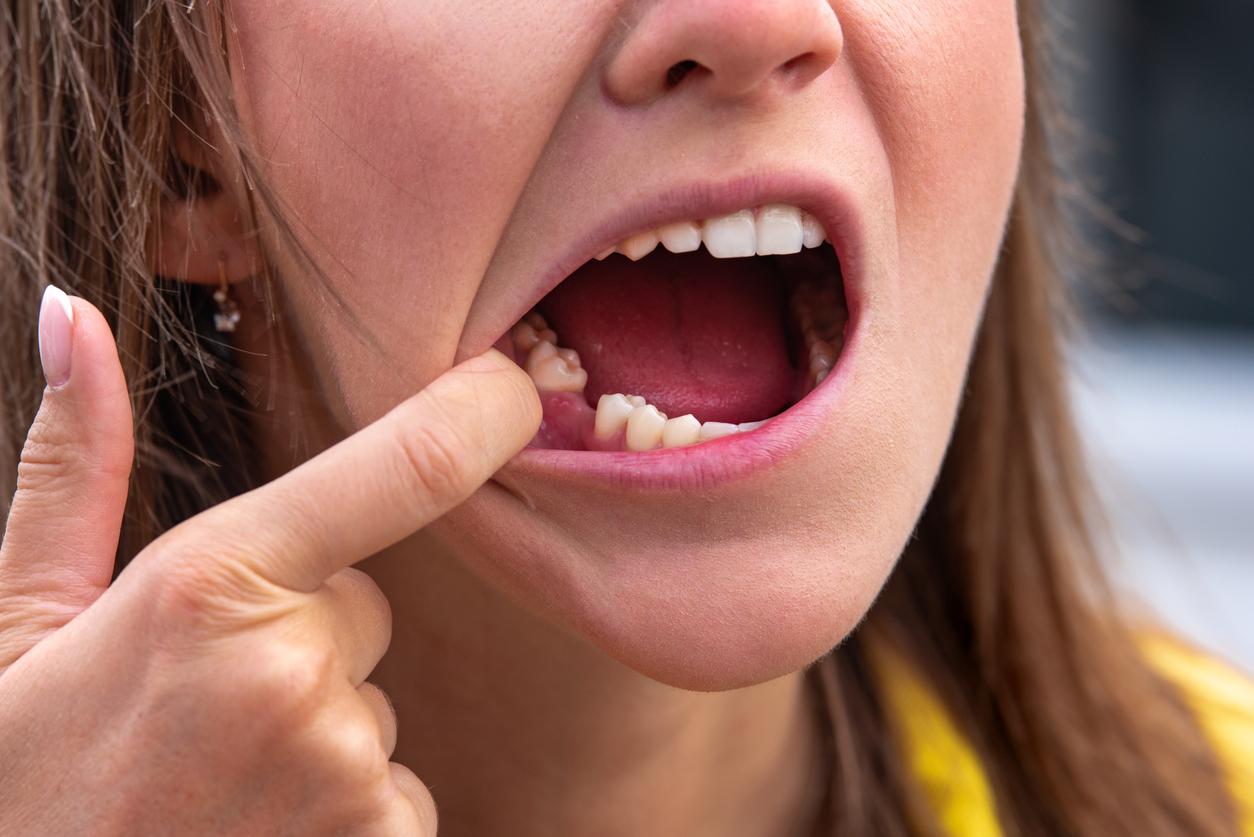The first signs are not always easy to spot. “The hair loss is often insidious, “explains dermatologist Dr Nina Roos.” What should be a concern is when hair is visible on clothes, on the bathroom tiles, on the table where one is working. “There are many causes. The lack ofr is the first responsible, followed by hormonal problems: a change of pill, an IUD which causes too heavy periods …
Hair loss is therefore common in women between 20 and 40 years old, in young mothers and overworked women, but also after menopause, where the loss can be more pronounced. Stress, an operation, an illness can accentuate a seasonal fall. Smokers are also more often affected. But hair loss can also be genetic (as in men) and chronic. And there, it is necessary to consult.
How to prevent hair loss?
When you know that you lose your hair easily, prevention remains the best treatment. “Indeed, we should not wait for it to start again,” advises Dr Roos. From the beginning of autumn, it is recommended to start a course of food supplements, for a minimum of three months: this can be brewer’s yeast (rich in group B vitamins) or a supplement formulated to strengthen skin appendages ( hair, and nails). “But be careful, not all of them contain iron. However, if you eat little meat, have a heavy period or have recently had a baby, you need it.”
We take a course of supplements
Food supplements contain group B vitamins (5, 6, 8 and 9) and sometimes vitamins A and E, as well as sulfur amino acids (cystine, cysteine and methionine), trace elements (iron and zinc). These substances are essential for hair growth. However, there is always a time lag. What caused the fall probably happened a few months before! Whether it is physical stress (illness, operation, childbirth, etc.) or psychological stress (work problems, family concerns).
“If the fall does not stop despite taking food supplements for 3 months, you must make an appointment with the dermatologist”, advises Dr. Roos. The specialist will take stock with a ferritin assay (reflection of the amount of iron in the blood), possibly a thyroid checkup. “Even if the fall is brutal and important: we consult quickly.”
We change our habits
- We avoid traumatizing his hair. No pull-ups, which facilitate the fall: excessive brushing, tight braiding or too pulled brushing. Certain colorings and discolorations are aggressive for the scalp. We test the vegetable coloring, more respectful …
- We stop smoking (or we reduce it). the tobacco has a negative effect on growth and promotes hair loss by damaging the hair genome.
- We try to have a healthier pace of life. By getting enough sleep, exercising every week. Exercise promotes oxygenation of cells involved in hair growth.
- We do a massage of the scalp once a week. Before shampooing to stimulate microcirculation at this level, optionally using a mixture of essential oils. But without excess: too vigorous friction is avoided!
- We cut them a bit. It is also a good way to give them tone and bring them volume.
We fortify our hair with food
Make way for foods rich in nutrients involved in the construction of the hair. They are regularly put in the spotlight on your plate.
- Meat, liver and blood sausage, but also legumes(lentils, beans …), source of protein and iron well assimilated by the body. THE’garlic, the’onion, leeks and oleaginous fruits (walnuts, almond, hazelnut …), as well as shrimps and chicken, for their sulfur content.
- Shellfish (especially oysters), fish, eggs, wholemeal bread for zinc.
- The yeast, organ meats, tuna and salmon for their vitamin B6 concentration.
Read also :
- Hair loss: 5 reflexes to treat the problem at the root!
- What your hair says about your health
- What do I eat to have beautiful hair?
- 6 nutri tips for beautiful nails and beautiful hair








